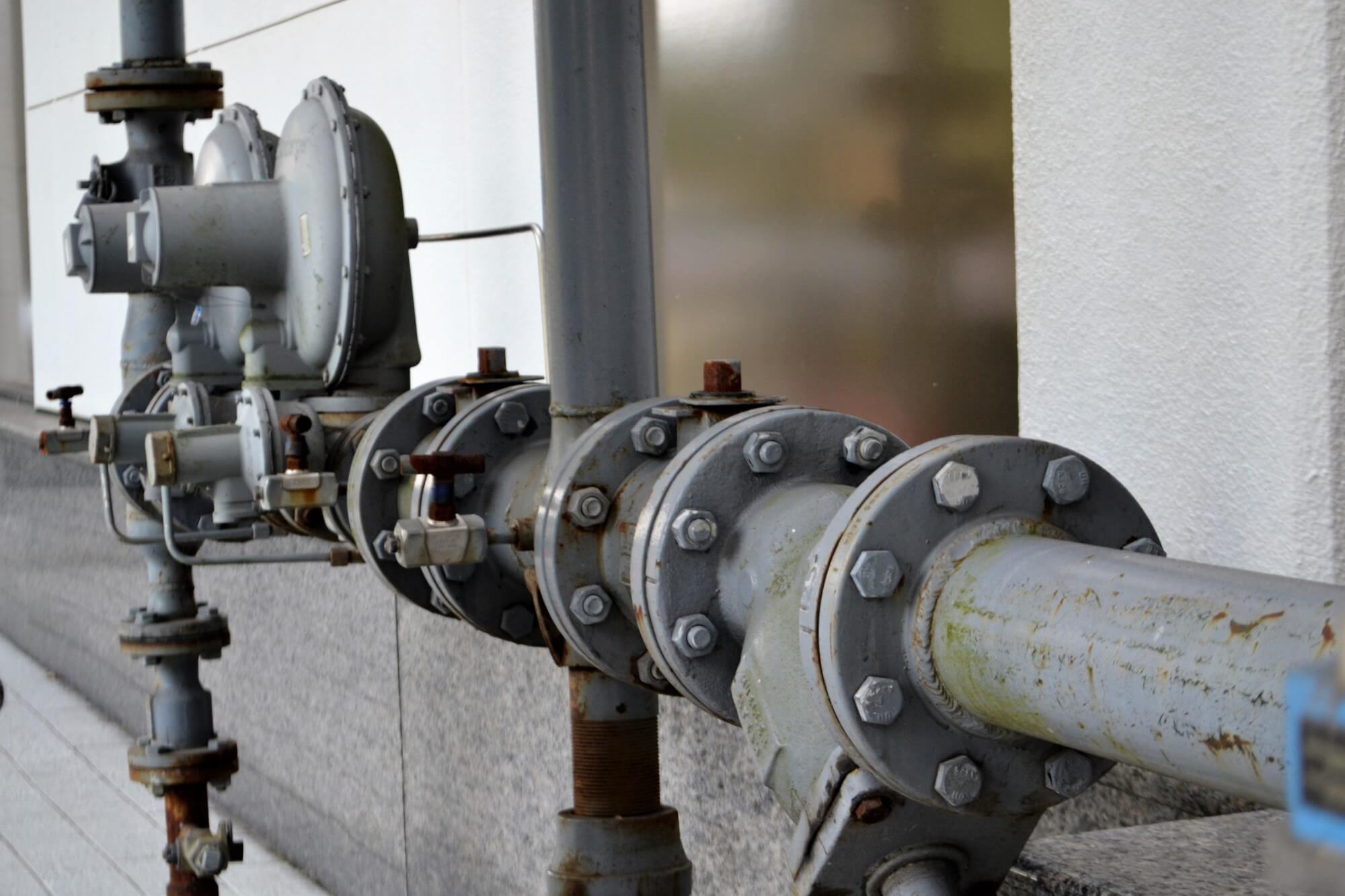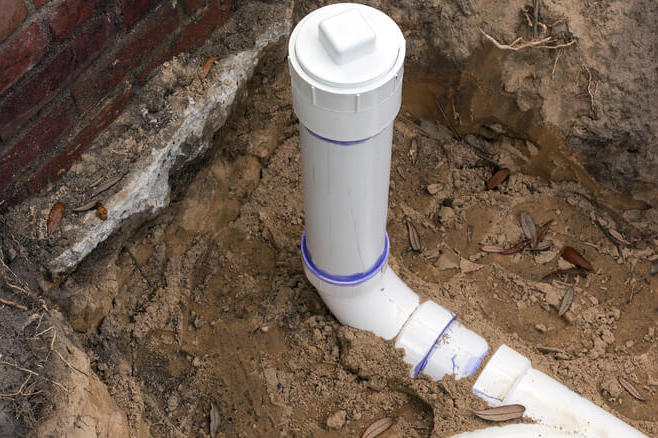Common Drain Line Problems and Their Solutions: A Property owner's Manual

Tree Origin Intrusions
Tree root intrusions are a significant and usual concern affecting drain lines. As trees grow, their roots naturally look for sources of water and nutrients. Sewer pipelines, specifically older ones constructed from clay or various other porous materials, offer an appealing target. In time, roots can infiltrate small cracks or joints in the pipes, resulting in blockages and eventually creating substantial damage. This intrusion can cause slow-moving drain, sewage back-ups, and also total pipe failing if left unaddressed.
Very early detection is critical in alleviating the effect of tree origin intrusions. Normal examinations utilizing video camera modern technology can determine root presence prior to it becomes a serious issue. When detected, there are a number of approaches to attend to the issue. Mechanical augers or rooter solutions can cut through the origins, offering a temporary solution. For an extra permanent option, chemical origin killers can be applied to hinder more growth within the pipelines. In extreme cases, pipeline relining or substitute might be necessary to bring back the honesty of the sewer line.
Applying preventive measures, such as growing trees far from sewer lines and making use of origin obstacles, can minimize the risk of future intrusions, consequently guarding the capability of your drain system.
Pipeline Corrosion
Corrosion in sewer pipelines is a prevalent concern that can significantly jeopardize the stability and performance of a sewer system. Usually taking place in steel pipes, such as cast iron or galvanized steel, rust arise from prolonged exposure to dampness, chemicals, and other destructive representatives discovered in wastewater. Gradually, this procedure compromises the pipe wall surfaces, leading to leakages, breaks, and ultimately, pipe failing.
The key kinds of pipe corrosion include uniform corrosion, where the entire surface area of the pipeline corrodes uniformly, and localized deterioration, such as matching or hole deterioration, which affect certain areas of the pipeline. Determining the early signs of deterioration, such as blemished water or uncommon smells, is critical for timely intervention.
Stopping pipe deterioration includes normal maintenance and examinations. Using safety finishings, using corrosion-resistant materials like PVC or polyethylene, and installing cathodic security systems can significantly extend the lifespan of drain pipes. In situations where deterioration is already considerable, trenchless pipe rehab methods, such as pipe cellular lining or pipeline bursting, offer efficient services without the requirement for comprehensive excavation. Ultimately, aggressive monitoring and prompt repair services are important to alleviate the destructive impacts of pipeline deterioration on sewage system systems.
Clogs and Clogs
Obstructions and clogs are among the most disruptive and common concerns affecting sewer lines. These blockages can arise from a variety of sources, including the buildup of debris such as food, grease, and hair fragments, along with the invasion of tree origins looking for dampness. In time, these materials construct up, tightening the pipeline and ultimately causing complete clogs that can create wastewater to support into homes.
Preventive actions are essential for minimizing the threat the original source of obstructions. Regular upkeep, such as regular hydro-jetting and using enzyme-based cleansers, can aid keep pipelines clear of debris. Home owners must likewise be mindful of what they dispose of down their drains pipes; preventing oil, coffee premises, and coarse veggies can considerably decrease the probability of blockages.
In more extreme cases, video examination devices can be made use of to situate and identify the issue, ensuring that the ideal service is applied successfully. Timely interventions and routine inspections can aid maintain the integrity and functionality of drain lines.
Leaking Sewer Lines
Beyond blockages and obstructions, leaking sewer lines present a significant worry for homeowners and municipalities alike. These leakages can result from numerous elements, including pipe rust, changing soil, invasive tree roots, and use and tear in time. Left unaddressed, leaking drain lines can cause extensive home damages, advertise mold development, and position severe health and wellness risks as a result of the contamination of groundwater and dirt.

Repair techniques depend on the seriousness of the leak and the condition of the sewer line. Small leaks may be resolved with trenchless repair work techniques, such as pipeline cellular lining or pipe bursting, which are much less invasive and quicker to finish. In much more severe situations, traditional excavation and substitute of the impacted pipeline section might be necessary. Consulting with a certified plumbing professional ensures an exact medical diagnosis and ideal service to alleviate the issue properly.
Sewer Line Bellies
When it comes to sewer line problems, one particularly tough problem is the formation of sewage system line tummies. A sewage system line tummy happens when a section of the pipe droops or dips, developing a reduced place where waste and particles can accumulate. This can cause reduce water drainage, persisting clogs, and potential damage to the pipe in time.
The sources of sewage system line stubborn bellies are differed. Poor installment techniques, dirt erosion, ground settling, or changes because of temperature level modifications can all add to the formation of these sags - sewer line inspection ct. Identifying a drain line stubborn belly usually needs a specialist assessment making use of a sewage system camera to pinpoint the specific area and level of the trouble
Attending to a sewage system line stubborn belly often involves excavation to get check my reference to the affected pipeline area. As soon as accessed, the sagging part may need to be changed or repositioned to guarantee proper incline and drain. In many cases, trenchless fixing approaches, such as pipe lining or pipe bursting, can be employed to decrease disturbance while dealing with the issue.
Preventative actions, consisting of regular evaluations and ensuring correct setup, can help mitigate the threat of drain line tummies. Homeowners should continue to be attentive for indications of water drainage troubles and look for expert assistance at the initial indication of trouble.
Final Thought
To conclude, addressing typical sewage system line problems such as tree origin breaches, pipe corrosion, clogs, leaking drain lines, and sewer line bellies is important for preserving a reliable and practical system. Early discovery via video look at this now clip assessments and the implementation of both temporary and permanent remedies can alleviate these problems effectively. Routine maintenance practices, including strategic and hydro-jetting tree placement, more add to the avoidance of these troubles, consequently guaranteeing the lasting honesty of sewage system systems.
Deterioration in drain pipelines is a widespread concern that can badly jeopardize the integrity and performance of a sewer system.When it comes to sewage system line problems, one specifically difficult issue is the formation of drain line stomaches. A drain line stubborn belly happens when an area of the pipeline sags or dips, creating a reduced area where waste and particles can build up. Determining a sewage system line belly typically requires a specialist assessment using a sewage system camera to pinpoint the specific area and level of the problem.

Comments on “Why Routine Sewer Line Inspection CT is Vital for Homeowners”